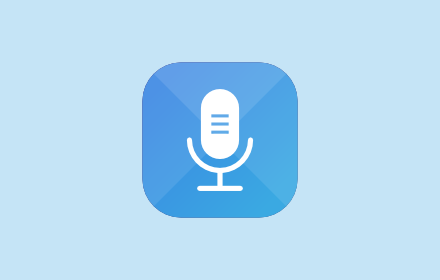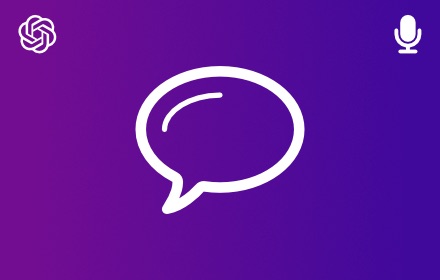Innovations in Voice Recognition: Navigating the Transformation of Human-Computer Interaction
The landscape of human-computer interaction has been profoundly transformed by the emergence and continuous advancement of Innovations in Voice Recognition. Today, this technology stands at the core of various applications, significantly altering how we interact with machines and how accessibility is being redefined across the global digital domain.
Exploring Core Algorithms Behind Voice Recognition
At the heart of voice recognition technology lies a set of complex algorithms responsible for decoding human speech into a format understandable by computers. Early iterations of these algorithms were relatively simplistic, largely based on pattern recognition through spectral analysis of audio waves. Modern voice recognition, however, employs advanced machine learning techniques, such as deep neural networks, which imbibe massive datasets to learn the subtleties of human language.
Deep learning enables systems to not only recognize spoken words but also infer meaning and context, a significant leap forward from early speech recognition tools. These algorithms analyze the time-domain features of speech and transform them into spectral representations that encapsulate the distinct phonetic components necessary for accurate interpretation. As such, the precision with which voice recognition software distinguishes between words and phrases has seen immense improvements, becoming ever more sophisticated with each iteration.
Innovations in Voice Recognition in Contemporary Applications
The application of voice recognition technology spans a multitude of sectors. Smart home devices, for instance, rely heavily on voice recognition to execute commands, bringing convenience directly to consumers' living spaces. In the realm of customer service, voice-activated systems efficiently route calls and assist in troubleshooting, bypassing the need for extensive human intervention.
Healthcare has seen a remarkable adoption of voice recognition in streamlining documentation processes. Clinicians can dictate notes directly into electronic health records (EHRs), reducing administrative burden and allowing more time for patient care. Moreover, language education tools leverage voice recognition to aid in pronunciation and conversational skills, providing real-time feedback and creating interactive learning environments.
The Impact of Voice Recognition on Accessibility and Inclusivity
Innovations in Voice Recognition have served as a catalyst for increased accessibility and inclusivity, empowering individuals with disabilities to use technology more effectively. Text-to-speech (TTS) and speech-to-text (STT) applications provide the means for visually and vocally impaired users to engage with digital content. These tools transform written materials into audible speech and vice versa, enabling seamless communication.
For people with motor impairments, voice recognition technology allows for hands-free operation of devices, reducing barriers and fostering independence. Educational institutions integrate voice recognition into their systems, meeting the needs of students with disabilities by ensuring equitable access to learning materials and tools.
In conclusion, Innovations in Voice Recognition have come a long way since their inception and continue to evolve at a brisk pace. The technology not only enhances user experience across various domains but also paves the way for a more inclusive digital world. The future holds an even greater potential for voice recognition, with continuous research striving to refine algorithms and expand applications, ultimately leading to an era where the barriers between humans and computers become ever more indistinct.
The transformative effect of this technology is undeniable, and as we look forward, we are bound to witness an increased integration of voice recognition in our daily lives, leading to smarter and more accessible interfaces that understand and respond to the nuance of human speech.
Subscribe to our newsletter
Subscribe to our newsletter for tips, exciting benefits, and product updates from the team behind Voice Control!
Other projects from the team

Talkio AI
The ultimate language training app that uses AI technology to help you improve your oral language skills.

TalkaType
Simple, Secure Web Dictation. TalkaType brings the convenience of voice-to-text technology directly to your browser, allowing you to input text on any website using just your voice.

Voice Control for Gemini
Expand the voice features of Google Gemini with read aloud and keyboard shortcuts for the built-in voice recognition.